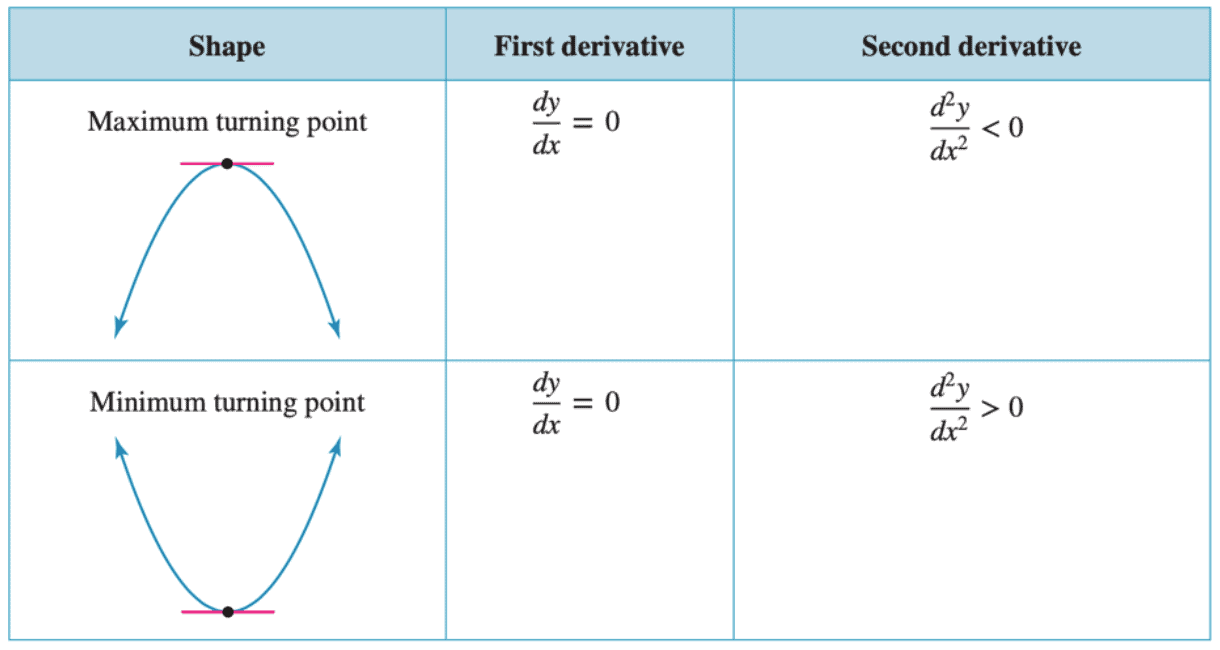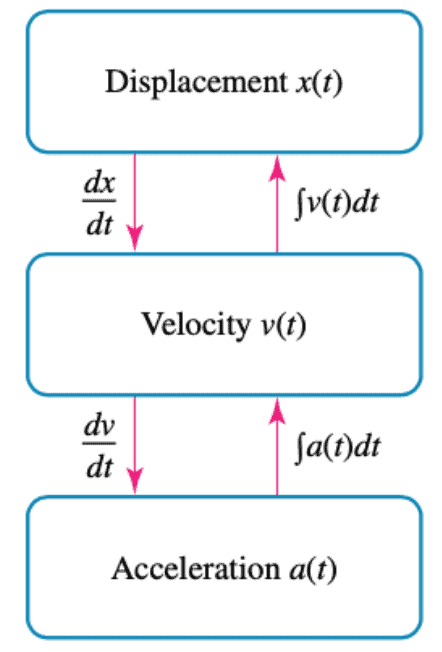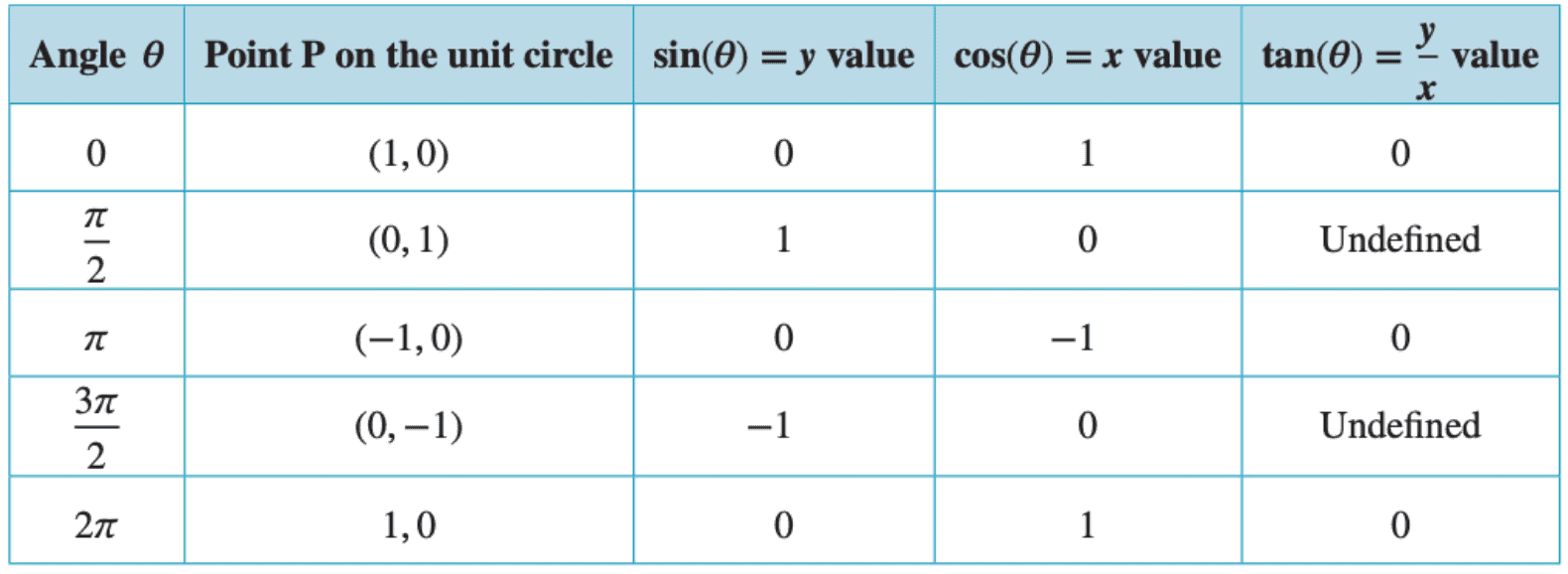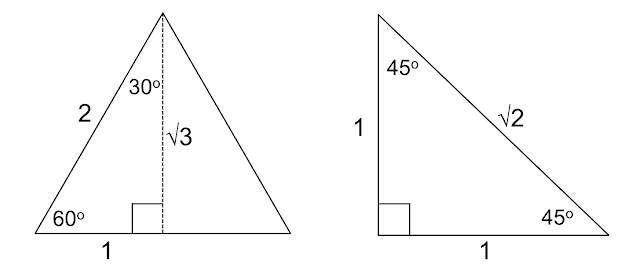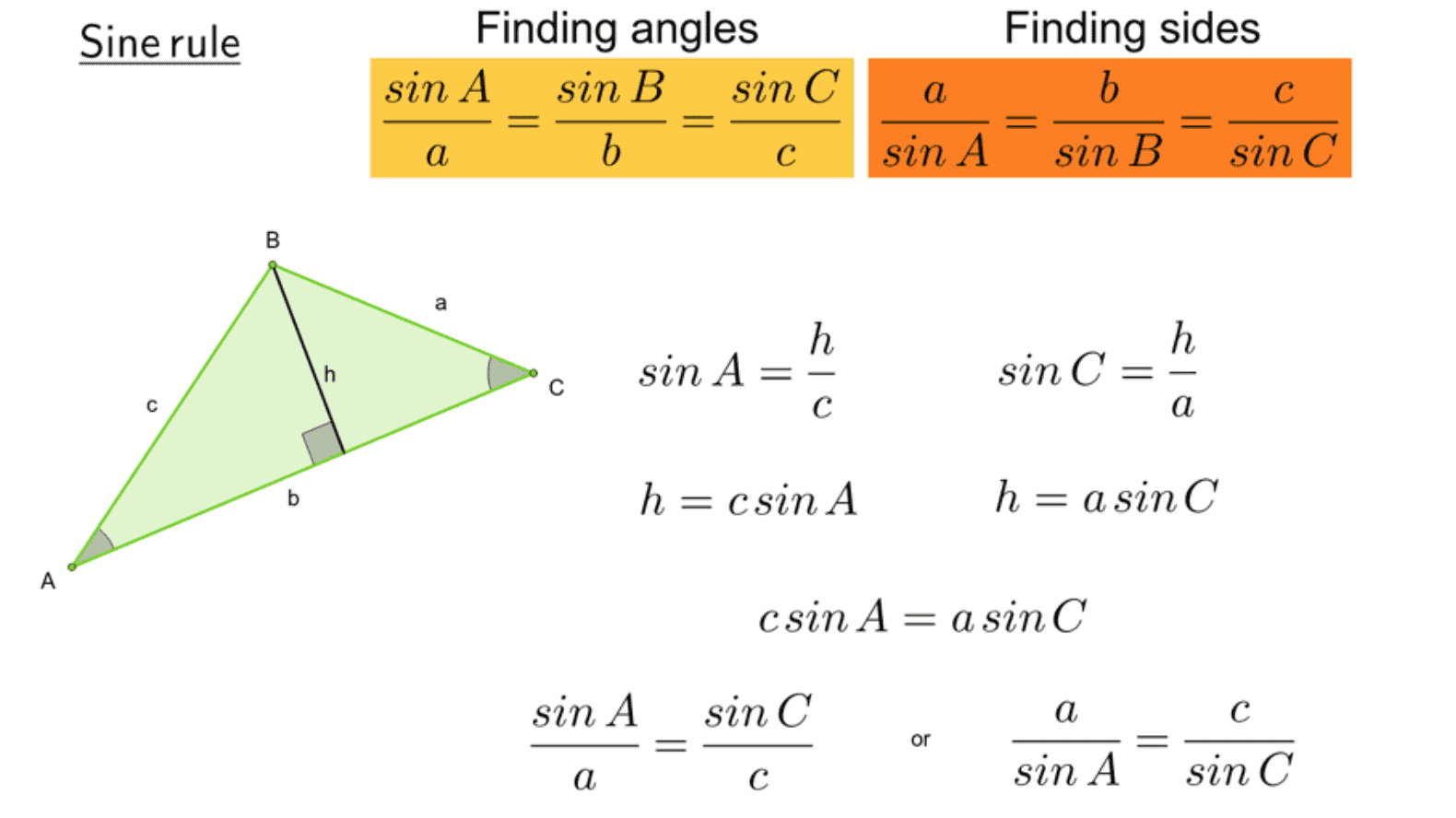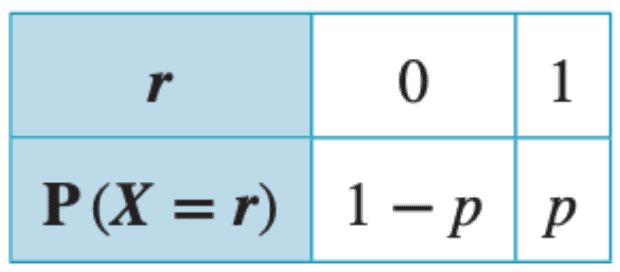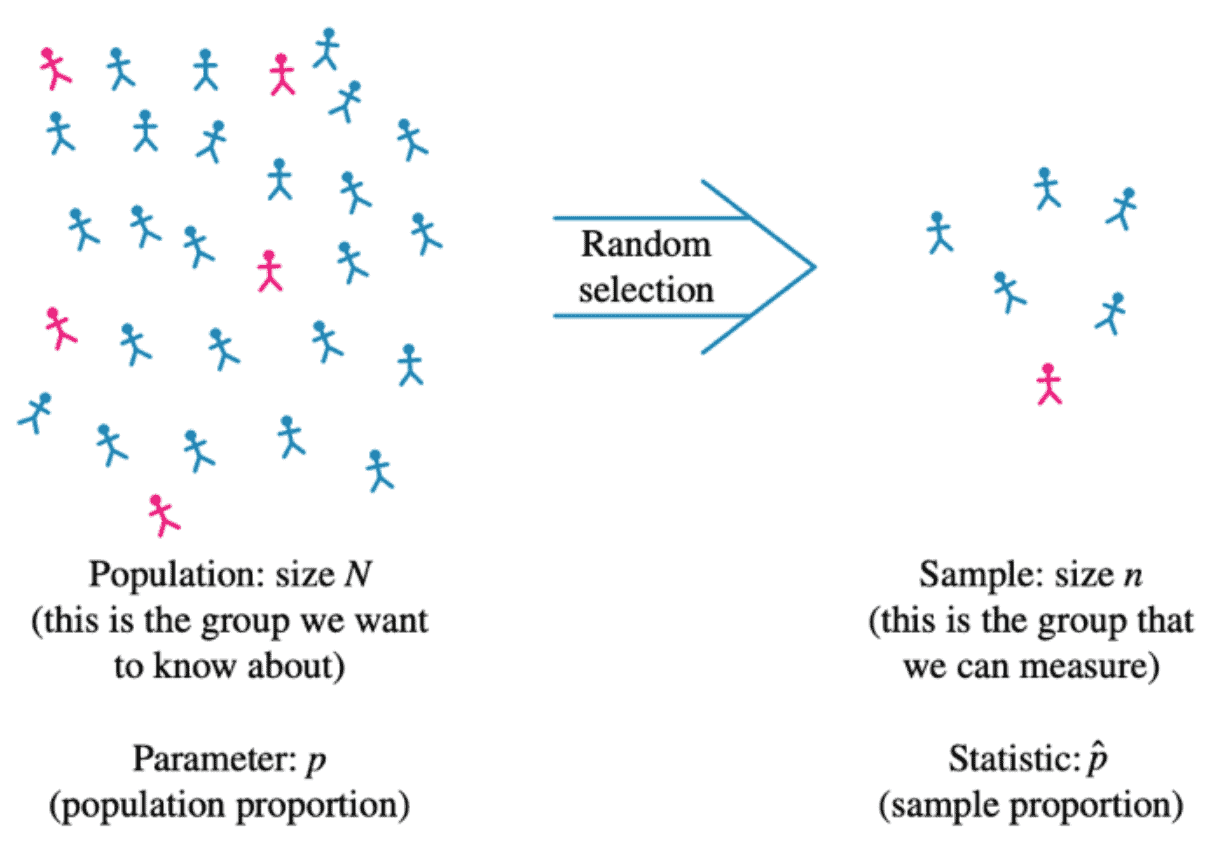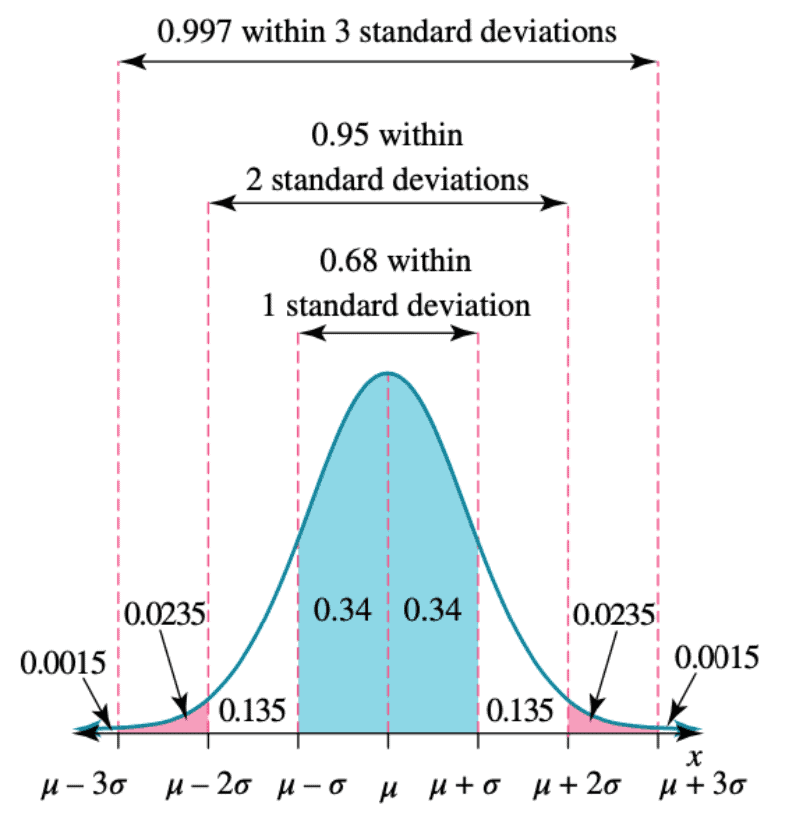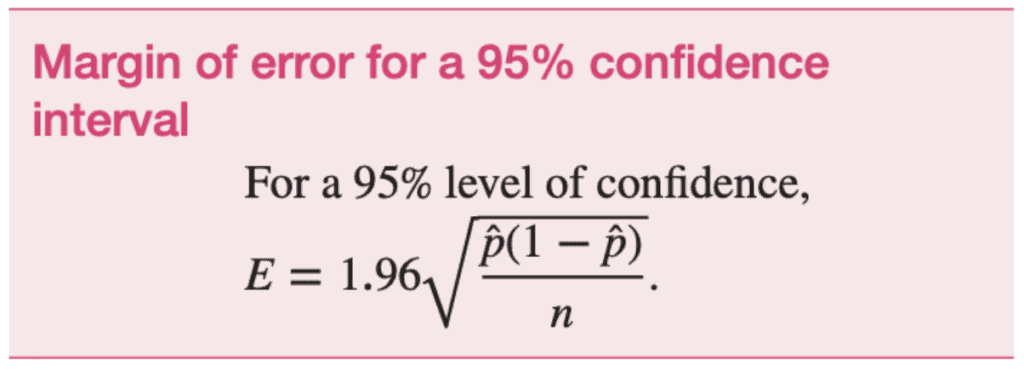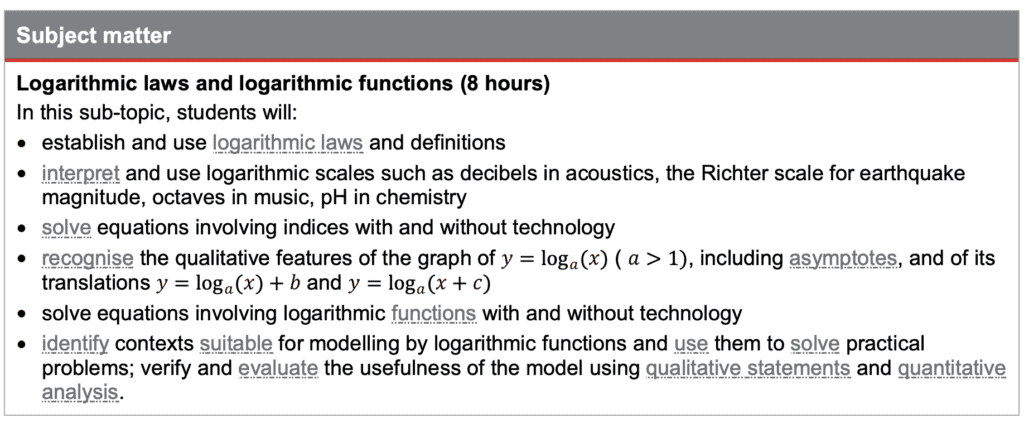Made a start on Unit 4 of QCAA Maths Methods but aren’t sure what you should expect? We’ve crafted this helpful guide just for you!
You’ll have no trouble understanding what you’ll be learning with all the different topics broken down in this guide, identify content for each of the subtopics as well.
Let’s dive in!
What is Unit 4 in QCAA Maths Methods all about?
Topic 1: Further Differentiation and Application 3
Topic 2: Trigonometric Functions 2
Topic 3: Discrete Random Variables 2
Topic 4: Continuous Random Variables and the Normal Distribution
Topic 5: Interval Estimates for Proportions
QCE Maths Methods Unit 4 Assessments
Study Tips
What is Unit 4 in QCAA Maths Methods all about?
Unit 4 is the second of your two formative senior units for Mathematical Methods. This means that the assessments you do on this unit (IA3 and EA) will count towards your ATAR.
The unit is split into five topics:
- Further Differentiation and Application 3
- Trigonometric Functions 2
- Discrete Random Variables 2
- Continuous Random Variables and the Normal Distribution
- Interval Estimates for Proportions
These topics cover a variety of content which involve building on previous topics as well as learning entirely new concepts.
Topic 1
Builds on your understanding of differentiation by introducing the second derivative as well as the applications of differentiation such as in rates of change, determining particular features of graphs, and solving optimisation problems.
Topic 2
Develops your knowledge of trigonometry by introducing new formulas and applications.
Topic 3
Solidifies your understanding of discrete random variables through the introduction of Bernoulli distributions and Binomial distributions and how they can be utilised to solve practical problems.
Topics 4 and 5
Build on your knowledge of probability and statistics. Many of the concepts in these topics are new and can take some practice to understand.
There are a number of key formulas that need to be understood, and unlike other topics, effective utilisation of your calculator is essential to conquering Topics 4 and 5.
If you’re looking for our Unit 3 guide, you can find it here!
Topic 1: Further Differentiation and Application 3
The Second Derivative and Applications of Differentiation
This subtopic covers:
- Understanding the second derivative as the rate of change of the first derivative
- Understanding the relationship between displacement, velocity, and acceleration in relation to time
- Understanding concavity, points of inflection, and local maxima and minima as concepts related to the second derivative
- Sketching graphs of functions using first and second derivatives to determine features including stationary points and points of inflection
- Solving optimisation problems using first and second derivatives
Image sourced from Jacaranda Maths Quest Mathematical Methods 12 Units 3 & 4
Image sourced from Jacaranda Maths Quest Mathematical Methods 12 Units 3 & 4
Image sourced from Jacaranda Maths Quest Mathematical Methods 12 Units 3 & 4
Image sourced from Jacaranda Maths Quest Mathematical Methods 12 Units 3 & 4
Topic 2: Trigonometric Functions 2
Cosine and Sine Rules
This subtopic covers:
- Understanding the unit circle definition of cos cos (θ), sin sin (θ), and tan tan (θ)
- Understanding and appropriately applying the sine and cosine rules to find unknown values in triangles
- Applying the sine and cosine rules to construct mathematical models in 2D and 3D contexts (i.e. to calculate bearings)
Image sourced from Jacaranda Maths Quest Mathematical Methods 12 Units 3 & 4
Image sourced from Educating MrMattock
Image sourced from GeoGebra
Topic 3: Discrete Random Variables 2
Bernoulli Distributions
This subtopic covers:
- Understanding applying the Bernoulli random variable model in appropriate contexts
- Determining the mean p and variance p(1-p) of the Bernoulli distribution
Image sourced from Jacaranda Maths Quest Mathematical Methods 12 Units 3 & 4
Binomial Distributions
This subtopic covers:
Image sourced from Jacaranda Maths Quest Mathematical Methods 12 Units 3 & 4
Image sourced from Jacaranda Maths Quest Mathematical Methods 12 Units 3 & 4
Topic 4: Continuous Random Variables and the Normal Distribution
General and Continuous Random Variables
This subtopic covers:
- Using relative frequencies and histograms to estimate probabilities associated with a continuous random variable
- Understanding and applying probability density functions, cumulative distribution functions, and probabilities associated with a continuous random variable
- Determining expected value, variance, and standard deviation of a continuous random variable
- Understanding standardised normal variables (z-values and z-scores) and utilising them to compare samples
Image sourced from Jacaranda Maths Quest Mathematical Methods 12 Units 3 & 4
Image sourced from Jacaranda Maths Quest Mathematical Methods 12 Units 3 & 4
Image sourced from Jacaranda Maths Quest Mathematical Methods 12 Units 3 & 4
Normal Distributions
This subtopic covers:
- Identifying contexts that can be modelled by normal random variables
- Understanding the features of probability density function and normal distribution graphs with mean and standard deviation
- Using technology to calculate probabilities and quantiles associated with a given normal distribution
Image sourced from Jacaranda Maths Quest Mathematical Methods 12 Units 3 & 4
Image sourced from Jacaranda Maths Quest Mathematical Methods 12 Units 3 & 4
Find out the top schools in Brisbane to attend to ace your QCAA Maths Methods external exam!
Topic 5: Interval Estimates for Proportions
Random Sampling
This subtopic covers:
- Understanding random sampling, sources of bias and procedures to ensure randomness in samples
- Investigating variability of random samples using graphical displays
Image sourced from Jacaranda Maths Quest Mathematical Methods 12 Units 3 & 4
Sample Proportions
This subtopic covers:
Confidence Intervals for Proportions
This subtopic covers:
Image sourced from Jacaranda Maths Quest Mathematical Methods 12 Units 3 & 4
Images sourced from Jacaranda Maths Quest Mathematical Methods 12 Units 3 & 4
QCAA Maths Methods Unit 4 Assessments
#1: IA2 – Internal examinations
IA2 is the second of two internal examinations. It will assess your understanding and application of the concepts learnt in Unit 4. It constitutes 15% of your overall grade.
We have guides for other subjects in Unit 4! Check out our Complete Guide to Unit 4 of QCE Physics!
#2: EA – External assessment
It is an exam that consists of both Unit 3 and 4 content and constitutes 50% of your overall grade.
Tips for Study
#1: Organise your time well
Check out the syllabus to see how much time should be spent on each subtopic!
While this guide is mainly for teachers and how they should plan their lessons, you as a student can also use it as a guide for your own study — essentially figure out which topics may be more important than others and require more time to study.
#2: Take the time to learn how the formulas work
When it comes to taking on complex familiar and complex unfamiliar questions, having a deep understanding of how the different formulas function and how to apply them will be super helpful!
As you answer practice questions, you’ll come to know that it won’t always be obvious which formulas/concepts should be used. So, having a strong understanding of each formula can help you narrow down the most relevant approach for each question.
#3: Tackle different types of practice questions
If there’s a particular question that you find really difficult, then it’s the question style you should get more exposure to!
#4: Familiarise yourself with the formula booklet
Knowing which formulas are in the booklet will be super handy since you won’t need to memorise them!
Additionally, it can be really helpful to know where each group of formulae (i.e. trigonometric, logarithmic) is located in the booklet so you don’t spend too much time during the exam just trying to look for them.
Also studying Chemistry? Check out our guide to aceing Organic Chemistry as well!
On the hunt for other QCAA Maths Methods resources?
Check out our practice questions and guides below:
- The Ultimate Guide to QCAA Maths Methods Unit 3: Further Calculus
- QCAA Maths Methods: The Ultimate Guide to Achieving an A
- How to Answer Complex Unfamiliar Questions in QCAA Maths
- How to Write Notes Using the QCAA Syllabus for Maths
- QCAA Unit 4 Maths Methods IA3: Short Answer Practice Questions
Are you looking for some extra help with revising QCAA Maths Methods Unit 4?
We have an incredible team of QLD Maths Methods tutors and mentors!
We can help you master the QCAA Maths Methods syllabus and ace your upcoming Maths Methods assessments with personalised lessons conducted one-on-one in your home or online!
Searching for a Maths tutor in Brisbane? Learn more about our holistic tutoring here!
We’ve supported over 8,000 students over the last 11 years, and on average our students score mark improvements of over 20%!
To find out more and get started with an inspirational QLD tutor and mentor, get in touch today or give us a ring on 1300 267 888!
Yalindi Binduhewa is an Art of Smart tutor based in Queensland and was part of the very first cohort to go through the ATAR system, so she knows exactly how fun and enjoyable it can be. She is currently studying a Bachelor of Medical Imaging (Honours) at QUT and is loving it. When she’s not doing uni-related stuff or tutoring, she’s hanging out with her friends, rewatching a show for the 100th time, or trying out new crafty projects and discovering that she doesn’t have a talent for everything.



